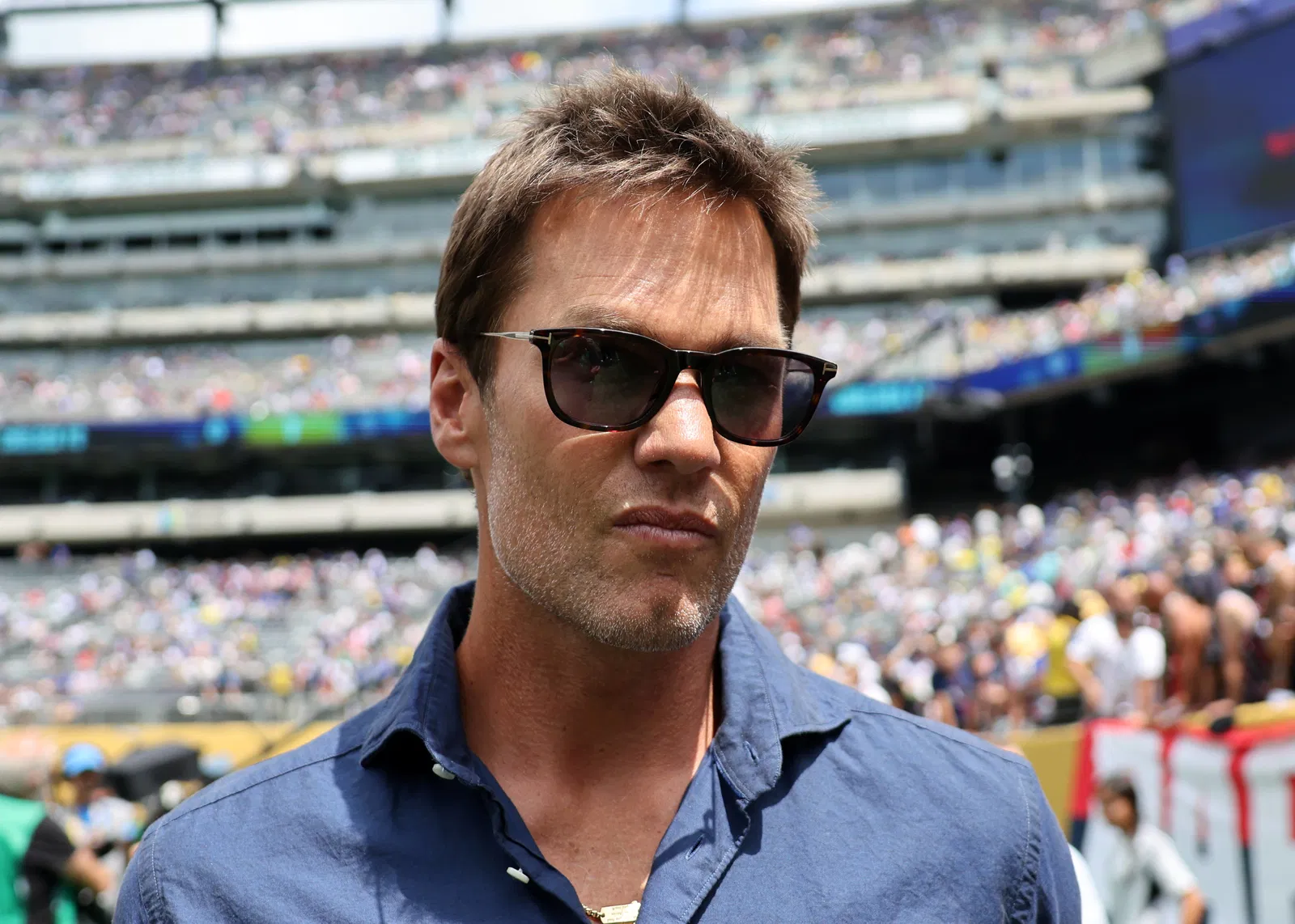Copyright theage

“Cricket is a potentially dangerous game: it involves a heavy, hard ball being speared towards a batter from a relatively short distance at great speed. It is a testament to the skill and courage of those who play the game at the highest level that more incidents don’t occur. Still, safeguards are essential if death and injury is to be minimised.“– NSW State Coroner, Inquest into the death of Phillip Hughes The difficult questions are the ones that demand answers. For example, what on earth passes for functional concussion protocols inside the Tongan Rugby League set-up? Whatever the NRL’s investigation into the events that left Elisa Katoa in hospital with brain bleeding uncovers, the sight of a staffer attempting to hold the Tonga forward’s head up – likely as his consciousness ebbed away – as he sat on the bench was sickening. After three serious head knocks across the warm-up and match, Katoa – who isn’t certain to play the game again – should not have been left so hopelessly exposed. Players won’t voluntarily self-administer head impact assessments. Heads should roll. Katoa’s should never have been one of them. However, there aren’t many sports that don’t carry an element of danger. Equestrianism, AFL, baseball, track cycling and swimming each carry various and inherent risks, which participants can’t hope to entirely divorce themselves from.



